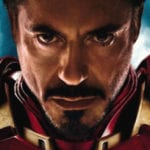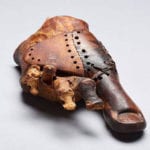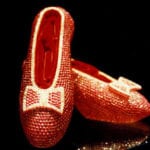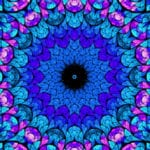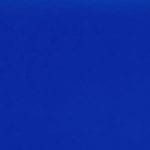 Mysteries
Mysteries  Mysteries
Mysteries  History
History 10 Surprising Stories About the Texas Rangers
 Humans
Humans 10 Philosophers Who Were Driven Mad by Their Own Theories
 Miscellaneous
Miscellaneous 10 Video-Game-Worthy Weapons and Armors from History
 Weird Stuff
Weird Stuff 10 Psychics Who Accurately Predicted Wartime Events
 The Arts
The Arts 10 Pieces of Art Inspired by a Broken Heart
 Health
Health 10 Science Fiction-Sounding New Medical Treatments
 History
History 10 Surprising Facts About the Father of Submarine Warfare
 Space
Space Ten Astonishing New Insights into Alien Worlds
 Weird Stuff
Weird Stuff 10 Bizarre Summer Solstice Rituals Still Practiced Today
 Mysteries
Mysteries Top 10 Haunting Facts About the Ghost Ship MV Alta
 History
History 10 Surprising Stories About the Texas Rangers
 Humans
Humans 10 Philosophers Who Were Driven Mad by Their Own Theories
Who's Behind Listverse?

Jamie Frater
Head Editor
Jamie founded Listverse due to an insatiable desire to share fascinating, obscure, and bizarre facts. He has been a guest speaker on numerous national radio and television stations and is a five time published author.
More About Us Miscellaneous
Miscellaneous 10 Video-Game-Worthy Weapons and Armors from History
 Weird Stuff
Weird Stuff 10 Psychics Who Accurately Predicted Wartime Events
 The Arts
The Arts 10 Pieces of Art Inspired by a Broken Heart
 Health
Health 10 Science Fiction-Sounding New Medical Treatments
 History
History 10 Surprising Facts About the Father of Submarine Warfare
 Space
Space Ten Astonishing New Insights into Alien Worlds
 Weird Stuff
Weird Stuff 10 Bizarre Summer Solstice Rituals Still Practiced Today
10 Explanations For The Color Schemes Used On Everyday Things
We often do not pay attention to the colors of several everyday things. However, we would be quick to notice something is amiss if we found them in some other color. For example, a blue school bus. Or a green airplane. Or a car with red tires. Or brown traffic lights.
This is because we subconsciously expect airplanes to be white, car tires to be black, and school buses to be yellow. These things often have these colors for certain reasons. Sometimes, it is all about practicality. Other times, it is all about some weird events that happened in history.
10 Why Traffic Lights Are Red, Yellow, And Green
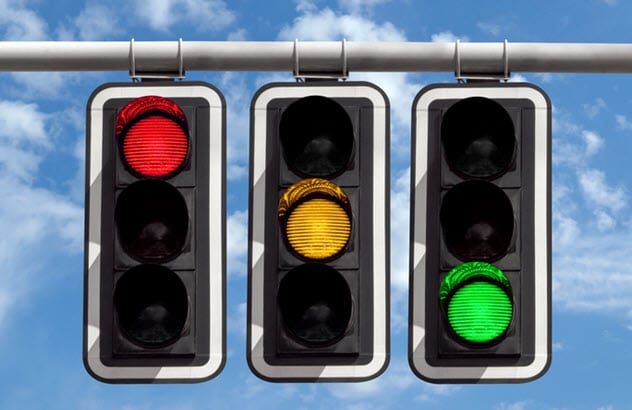
The traffic light was invented for trains. At the time, it had only two colors: red for stop and white for go. A green light was later added to mean caution. So it was red for stop, green for caution, and white for go.
However, the white light soon proved problematic as train drivers often mistook it for a distant star or some other light. Train companies noticed this and replaced the white light with green. So it was red for stop and green for go. Road traffic regulators adopted the traffic lights when vehicles came along.
However, they included a yellow light to mean caution. Yellow was selected because it has a shorter wavelength than red but a longer wavelength than green. The difference in wavelengths is the reason that red is the most visible from afar. Yellow is less visible than red but more visible than green.[1]
9 Why Taxis Are Yellow
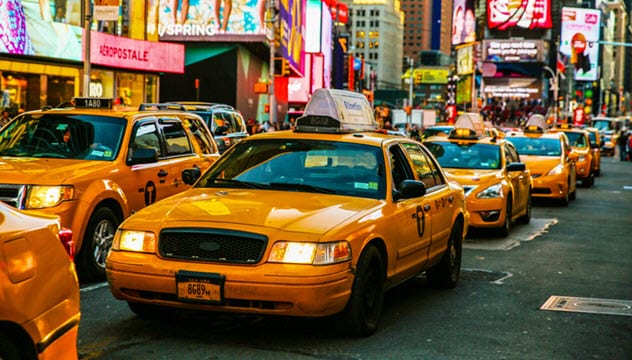
Yellow is considered the de facto color of taxis even though they could appear in different hues depending on local regulations. While some states like New York require taxis to be exclusively yellow, others made some other color mandatory. Why? Well! That is due to John Hertz, who eventually developed the Hertz rental car company.
Taxis were not exclusively yellow decades ago. In fact, the first New York taxis appeared in a variety of colors, especially red and green. That changed after John Hertz launched his taxi business in Chicago in 1915. Hertz funded research to determine the most visible color for a motor vehicle.
The study revealed that yellow is the one. So the yellow taxi was born. Other taxi companies soon caught on to Hertz’s strategy and started to paint their taxis yellow. The color became so common that states like New York amended their laws to require all taxis to be painted yellow.
Interestingly, Hertz was not the first person to paint his taxis yellow. In 1909, Albert Rockwell was. Rockwell even went on to name his taxi business the Yellow Taxicab Co. in 1912. However, he had no practical reason for using yellow and only selected the color because his wife liked it.[2]
8 Why School Buses Are Yellow With White Tops And Black Lettering
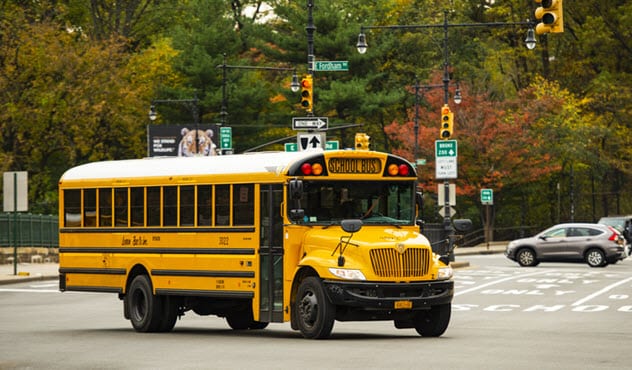
US laws requires all school buses to be yellow. The law even specifies the type of yellow, which is the aptly named “school bus yellow.”
School bus yellow is a real color named after the school bus. It is actually a mixture of yellow and orange. Before the law, these vehicles were painted a shade of yellow that looked like lemon. School bus yellow was selected during a 1939 conference to determine the features of US school buses.
Attendees at the conference agreed on the color yellow because it is the most visible hue for a vehicle. Studies have proven that we can spot a yellow item even if it is not directly in our view. Attendees called it the “national school bus chrome.” However, it was later renamed “school bus yellow.”[3]
Yellow school buses often have black lettering because black is the most distinguishable color that can be used against a yellow background. The top of school buses are often white (which is considered the absence of color in some contexts) because it reflects sunlight better than other colors. Darker hues will absorb the sunlight, causing heat inside the buses.
7 Why Fire Trucks Are Red
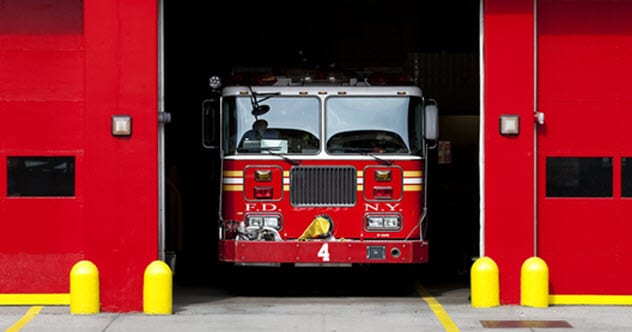
Red used to be the de facto color for fire trucks. These days, however, they come in a variety of colors, depending on local regulations and the fire department. The reason that fire engines used to be red is unclear, and the explanations are even contradictory.
Some sources say the first fire trucks were red because it was the cheapest paint around. Fire departments were staffed by unpaid volunteers at the time, and they did not have much money to spare. So they just painted their vehicles with the cheapest paint they could get.[4]
A second and contradictory theory claims that the first red fire engine was the result of a competition among firefighting departments. These groups were supposedly staffed by volunteers at the time. However, individual firefighting departments wanted to stand out. So they went for the most expensive paint they could lay their hands on—which again was red.
A third theory claims that early fire trucks were painted red because firefighters wanted their vehicles to be visible to other road users. So the firefighters opted for the color red, which was very visible and unique at a time when most vehicles were black. However, this theory is disputed because colors like yellow and lime green offer better visibility than red.
6 Why Zebra Crossings Are Black And White
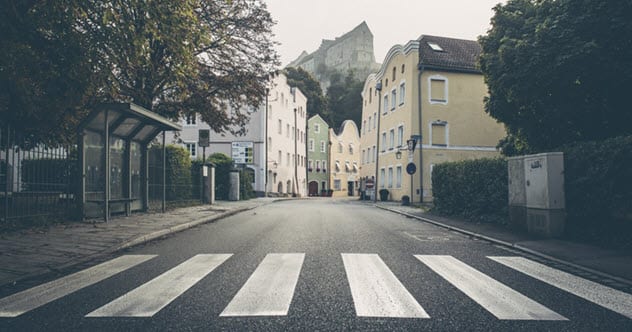
In the late 1940s, the British government launched a nationwide experiment to determine the best colors for marking pedestrian crossings. The experiments became a necessity after a series of accidents involving pedestrians and motorists.
At the time, Britain was experiencing a surge in motor vehicle ownership. This became a problem as drivers often mowed down crossing pedestrians, who were not used to sharing the roads with cars. The government created pedestrian crossings, but they did little to help reduce the accidents. This was because the crossings were marked with metal studs, which were almost invisible to the drivers.[5]
The government later decided to switch to colored markings and launched the experiment to determine the best colors for the roads. They determined that black and white was the most visible pattern. Drivers could see it from farther distances than other colors. At the same time, it also made the crossing pedestrians visible to the drivers because they stood out from the background.
The zebra crossing only got its name after Jim Callaghan, who was a member of parliament at the time, visited a black-and-white pedestrian crossing during the experiment and remarked that it resembled zebra markings. The first official zebra crossing appeared on October 31, 1951.
5 Why Fire Hydrants Were Red
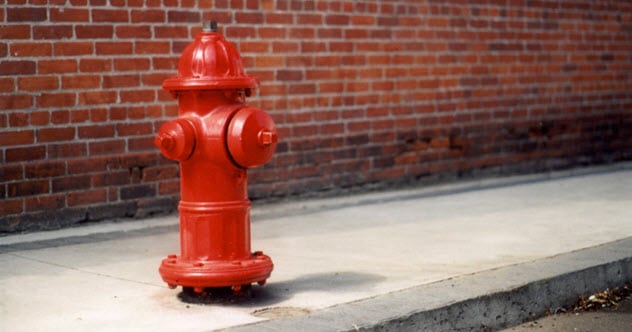
Red used to be the de facto color of the fire hydrant. However, they do appear in a variety of colors nowadays. While many fire hydrants are coated with a random bright hue to make them visible to passing pedestrians, the paint jobs are not always arbitrary.
The paint could be used to indicate the source of water for the hydrant. In this case, a yellow coating shows that the hydrant is connected to the public water system, while a violet coating indicates it is joined to a lake or pond. Alternatively, the paint job could be an indicator of the gallons of water that the hydrant can provide per minute.
The most powerful hydrants are painted blue. They are capable of providing at least 5,680 liters (1,500 gal) of water a minute. Green fire hydrants yield 3,785–5,680 liters (1,000–1,500 gal) of water a minute. Orange hydrants deliver 1,890–3,785 liters (500–1,000 gal) of water a minute, and red hydrants provide less than 1,890 liters (500 gal) of water a minute.[6]
4 Why Airplanes Are White
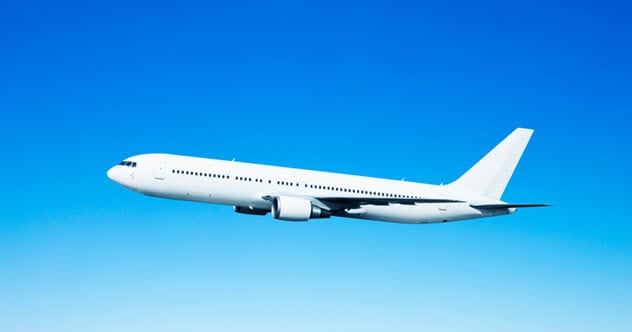
Civilian airplanes are almost exclusively white. There are several reasons for this. One is the cost. Paints are expensive. A regular paint job runs between $50,000 and $200,000. This could be too expensive for a budget airline that buys a used airplane from a larger airline. White paint also saves money because it does not need as much maintenance as other colors.
White is also an airline favorite because it reflects sunlight off the plane. A darker color would absorb the heat, making the interior of the airplane hotter. At the same time, white reduces the danger caused by radiation and protects crucial airplane parts like the nose cone, which often contains the radar.[7]
A white paint job allows maintenance crews to detect cracks, dents, and leaks easily. It also reduces the possibility of air strikes because birds can see white better. Lastly, white airplane parts are easier to spot on the ground or ocean after an air crash.
3 Why Toilet Paper Is White
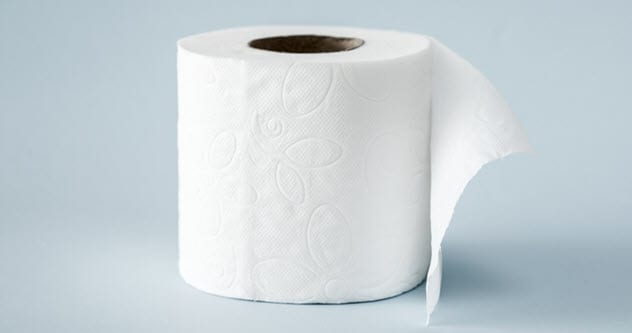 Toilet paper is almost always white because it was bleached. This is the same reason why the regular paper we write on is white. Regular and toilet paper would be brownish-gray if they were not bleached.
Toilet paper is almost always white because it was bleached. This is the same reason why the regular paper we write on is white. Regular and toilet paper would be brownish-gray if they were not bleached.
We understand that regular paper is bleached white to allow us to see whatever is written on it clearly. But why is this done to toilet paper? Bleaching costs money and makes toilet paper more expensive. Besides, it is a one-off product. So why bother?
Well! It’s done for two reasons. First, manufacturers bleach paper to remove lignin. Lignin is what makes trees rigid—and it does the same thing to paper. No one wants stiff toilet paper. So it gets bleached.
A second reason is that we consider anything white to be clean. This is why manufacturers who make their toilet paper from recycled paper still bleach it white even though it does not contain lignin. Besides, the unbleached product would appear in different colors and shades because the paper comes from different sources.[8]
2 Why Soccer Balls Were Reddish-Brown And Then Black And White
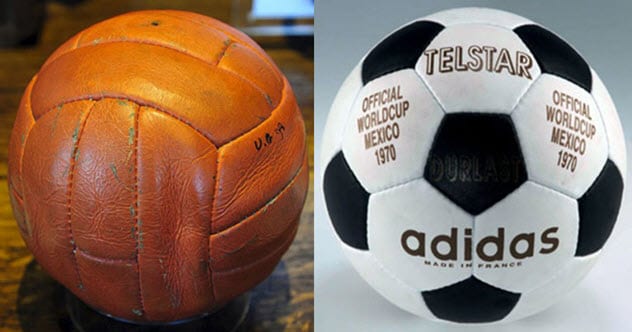
The first leather soccer balls were reddish-brown because natural leather is that color. So manufacturers often left the color unchanged. The reddish-brown soccer ball was used for the World Cup until 1970 when it was replaced by a black-and-white one.
FIFA had Adidas create the black-and-white ball because the World Cup was increasingly televised at the time. And it would have been difficult for viewers to spot a colored soccer ball on their black-and-white televisions. Adidas used a mixture of black and white because the black spots allowed viewers to determine the direction of the ball on their black-and-white televisions.[9]
Adidas called this ball the “Telstar,” which is short for “television star.” However, some sources claim that the ball was actually named after the Telstar satellite that was used to transmit the World Cup matches across the world.
1 Why Tires Used To Be White But Are Now Black
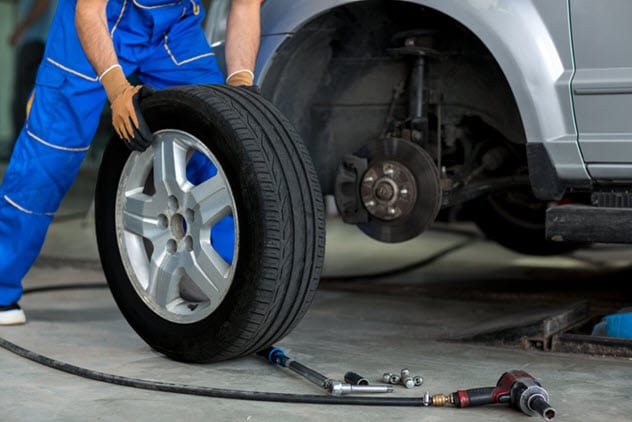
Tires were once white because the natural color of rubber is white. Unfortunately, these tires were not very durable. They wore quickly, reduced handling, and cracked when hit by ultraviolet rays from the Sun. Tire manufacturers solved this by adding carbon black to tires around 1917.
Carbon black instantly solved the myriad of problems linked to white tires. This is why black tires last for tens of thousands of miles, while white tires barely went 8,000 kilometers (5,000 mi) before they were due for replacement. However, carbon black—as the name should have already hinted—made tires black.[10]
Read more fascinating facts about color on 10 Amazing Ways Colors Have Been Significant In History and Top 10 Strange Mysteries And Facts About Color.

